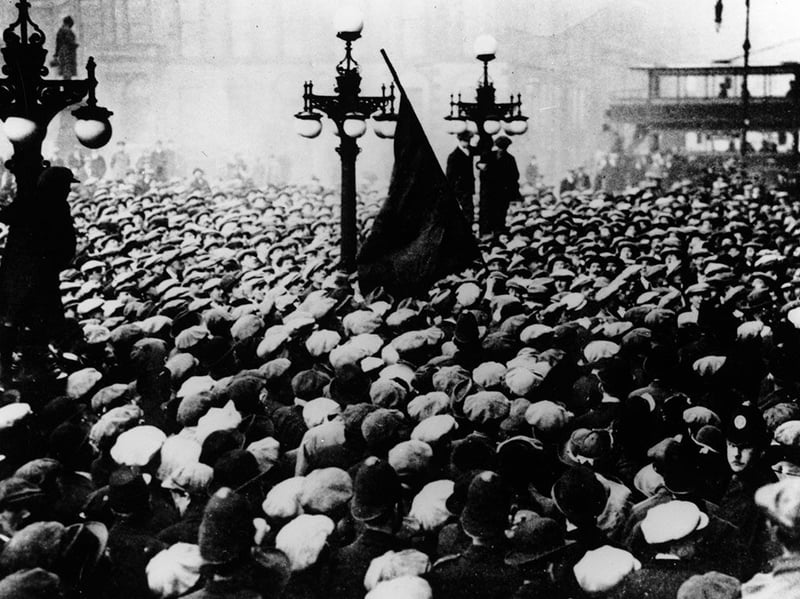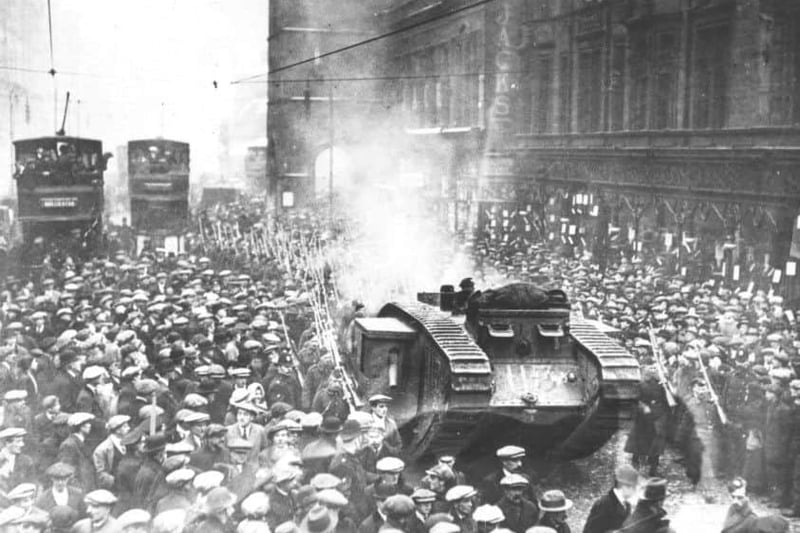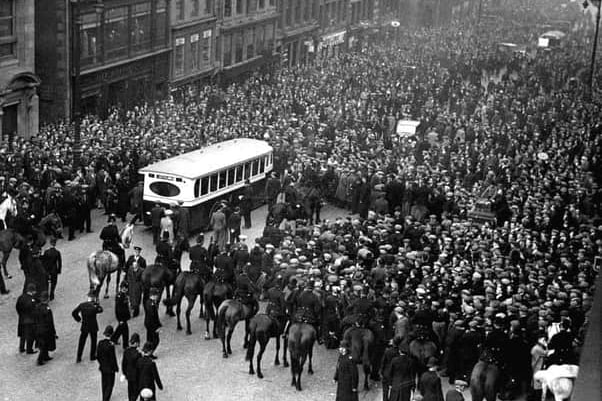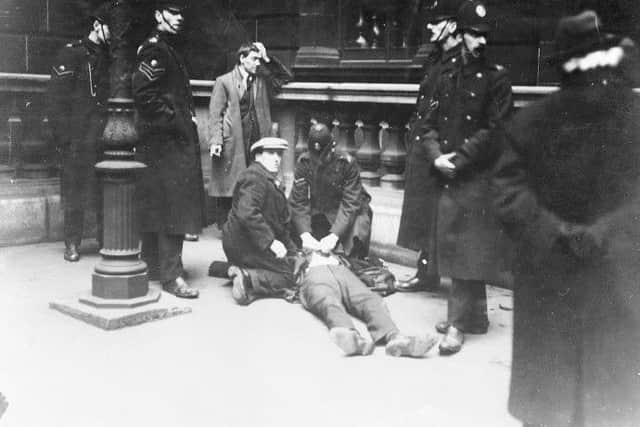Glasgow has always been a city of the working class - so it should come as no surprise that it was one of the only places in Britain to come anywhere close to a socialist uprising - today we wanted to document the era of Red Clydeside in 12 photographs.
‘Red Clydeside’ refers to the era of far-left radical politics picked up by the working men and women of Glasgow in the early 20th century - mostly from the 1910s to the 1930s, not to be confused with the era of trade unions in the mid 20th century. Inspired by the slum conditions, news of the Bolshevist uprising in Russia, and fighting wars on behalf of the ruling class - Glaswegians had enough, and would begin protesting for better rights for the working class.
The ‘Battle of George Square’ or ‘Bloody Friday’ was the pinnacle of this movement - although it lasted for 20 years after the 1-day civil war ended. Regular protests were held for various different working class causes - increased workloads, decreased wages, women being shifted out of the workplace post-war, rent strikes, and much more.
These are 12 photographs explaining the era of Red Clydeside.

1. Red flag rising
Concerned of a socialist Bolshevist uprising, a red flag rising in the crowd during the Battle of George Square spurred the Government to deploy thousands of soldiers and a number of tanks to Glasgow.

2. Six tanks were deployed in Glasgow to combat the supposed ‘Bolshevik uprising’.
Six tanks were deployed in Glasgow to combat the supposed ‘Bolshevik uprising’.

3. General Strike
Mounted and foot officers engaged in policing the General Strike in Glasgow in 1926.

4. Man down
David Kirkwood on the ground after being struck by police batons during the Battle of George Square.
